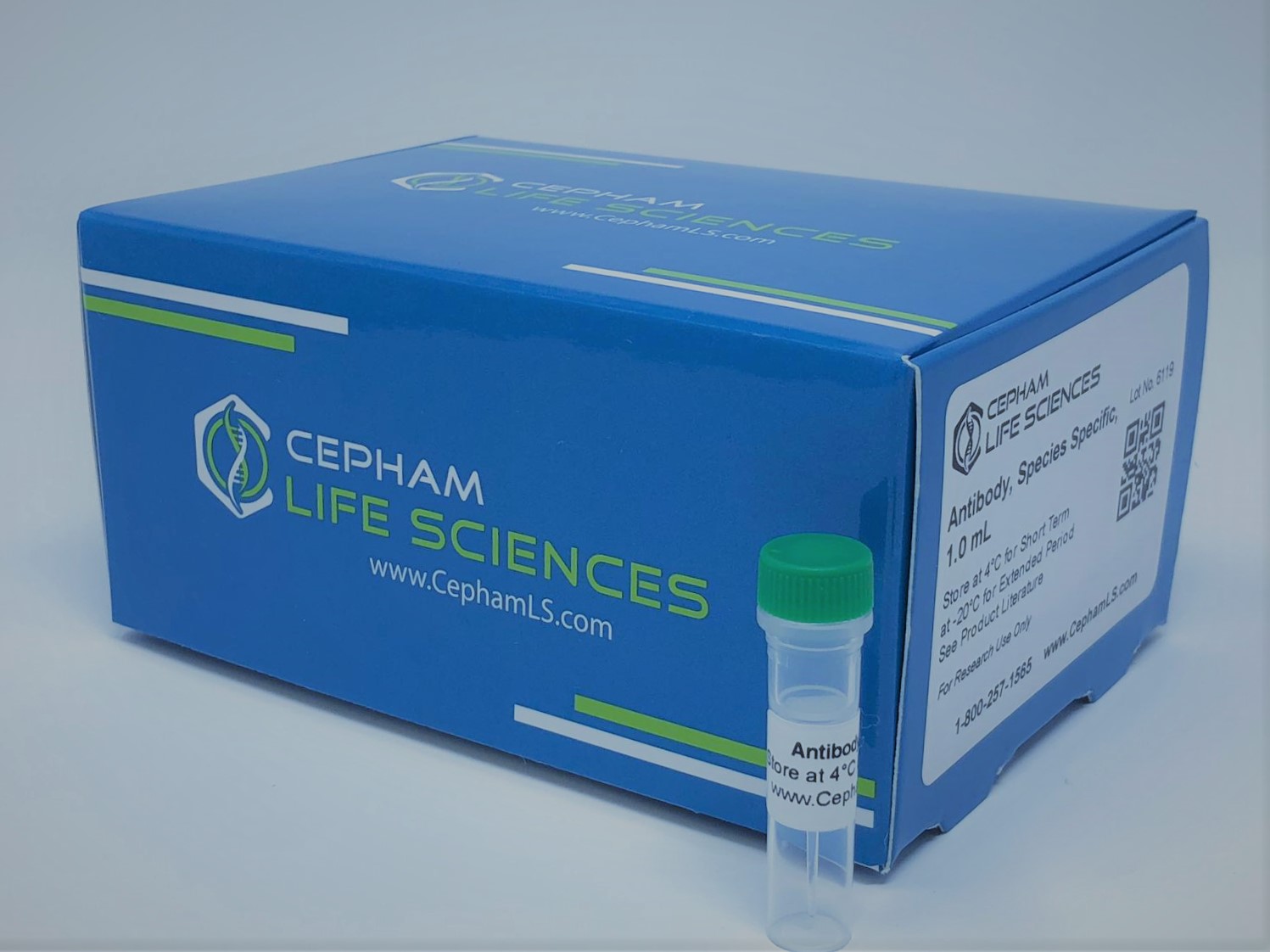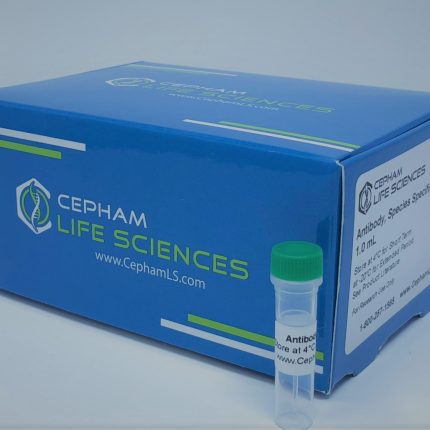Aliases
C-X-C chemokine receptor type 4, CXC-R4, FB22, Leukocyte-derived seven transmembrane domain receptor, CXCR4
Antibody Type
Polyclonal Antibody
Species
Human
Uniprot ID
P61073
Immunogen
Recombinant human C-X-C chemokine receptor type 4 protein (1-356AA)
Raised In
Rabbit
Species Reactivity
Human,mouse
Tested Applications
ELISA, WB, IHC;Recommended dilution:WB:1:500-2000, IHC:1:20-1:200
Background / Function
Receptor for the C-X-C chemokine CXCL12/SDF-1 that transduces a signal by increasing intracellular calcium ion levels and enhancing MAPK1/MAPK3 activation. Acts as a receptor for extracellular ubiquitin; leading to enhanced intracellular calcium ions and reduced cellular cAMP levels. Involved in hematopoiesis and in cardiac ventricular septum formation. Also plays an essential role in vascularization of the gastrointestinal tract, probably by regulating vascular branching and/or remodeling processes in endothelial cells. Involved in cerebellar development. In the CNS, could mediate hippocampal-neuron survival.
Isotype
IgG
Conjugate
Unconjugated
Storage Buffer
Preservative: 0.03% Proclin 300
Constituents: 50% Glycerol, 0.01M PBS, PH 7.4
Form
Liquid
Storage
Shipped at 4°C. Upon delivery aliquot and store at -20°C or -80°C. Avoid repeated freeze.
Purity
Caprylic Acid Ammonium Sulfate Precipitation purified
Literature
[1]”Structures of the CXCR4 chemokine GPCR with small-molecule and cyclic peptide antagonists.”Wu B., Chien E.Y., Mol C.D., Fenalti G., Liu W., Katritch V., Abagyan R., Brooun A., Wells P., Bi F.C., Hamel D.J., Kuhn P., Handel T.M., Cherezov V., Stevens R.C.Science 330:1066-1071(2010). [2]”Structural basis of CXCR4 sulfotyrosine recognition by the chemokine SDF-1/CXCL12.”Veldkamp C.T., Seibert C., Peterson F.C., De la Cruz N.B., Haugner J.C. III, Basnet H., Sakmar T.P., Volkman B.F.Sci. Signal. 1:RA4-RA4(2008). [3]”Recognition of a CXCR4 sulfotyrosine by the chemokine stromal cell-derived factor-1alpha (SDF-1alpha/CXCL12).”Veldkamp C.T., Seibert C., Peterson F.C., Sakmar T.P., Volkman B.F.J. Mol. Biol. 359:1400-1409(2006).







